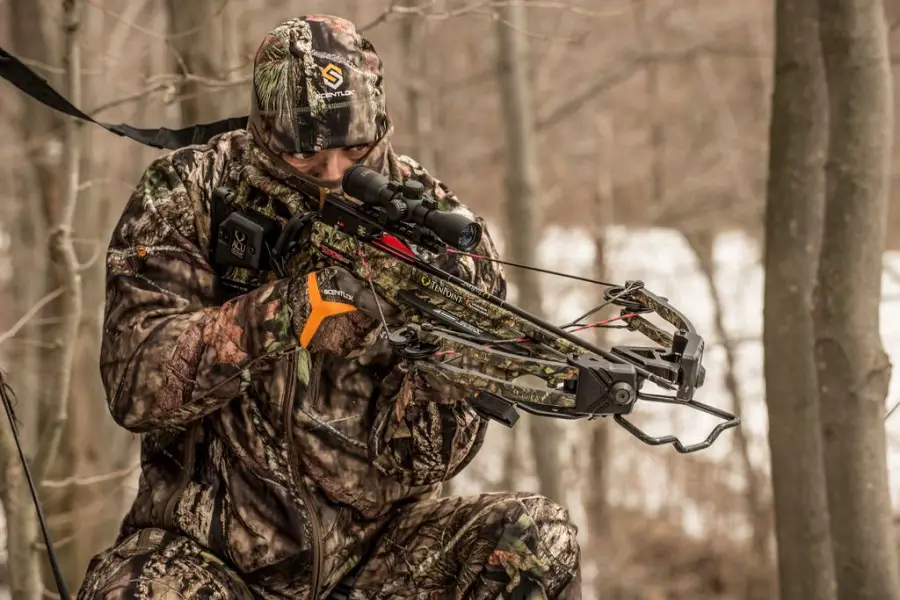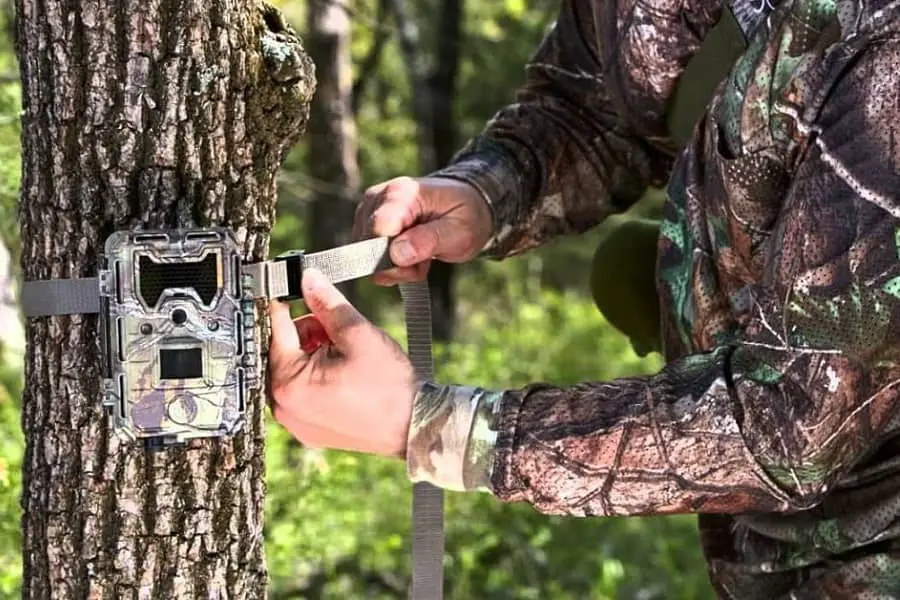Hunting has been a part of human nature and survival for centuries.
The thrill of the chase, the adrenaline rush, and the satisfaction of bringing home a trophy are all reasons why people hunt.
But with so many types of hunting out there, it can be difficult to know where to start. From big game to small game, camouflage hunting to bird hunting, there are endless possibilities.
Whether you’re a seasoned hunter or just starting out, this post is sure to offer valuable insights into the world of hunting.
10 Different Types Of Hunting
Hunting, an age-old practice deeply rooted in human history, encompasses a wide range of methods and approaches.
Each type offers a unique experience and requires specific skills, equipment, and knowledge. Whether it’s the thrill of a challenging pursuit or the serenity of a quiet ambush, exploring the different types of hunting opens doors to diverse adventures in the natural world.
#1 Camouflage Hunting
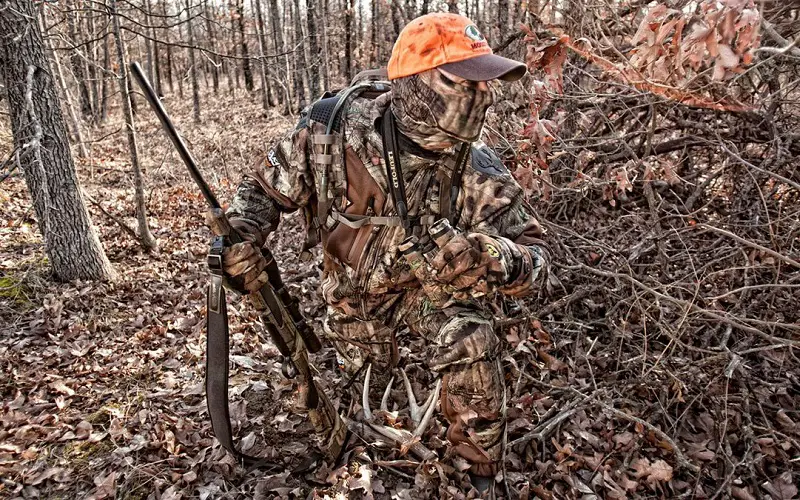
Camouflage hunting involves using specialized clothing and equipment to blend in with the surroundings, enabling hunters to remain undetected by prey and approach for a successful hunt.
This technique is often used for big game animals like deer, elk, and bear, and can greatly improve the chances of success if done correctly.
#2 Active Hunting
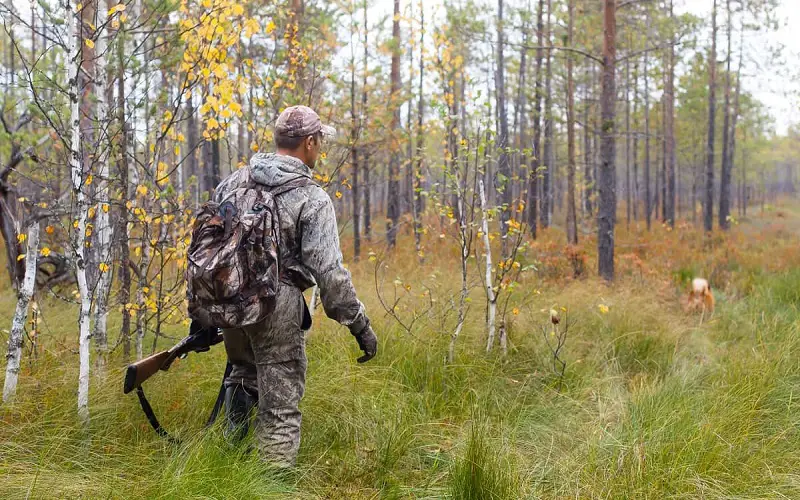
Active hunting is a method of hunting where the hunter actively pursues and chases game animals either on foot or with the aid of hunting dogs.
This type of hunting requires physical stamina and endurance and typically involves stalking deer or running after rabbits.
#3 Small Game Hunting
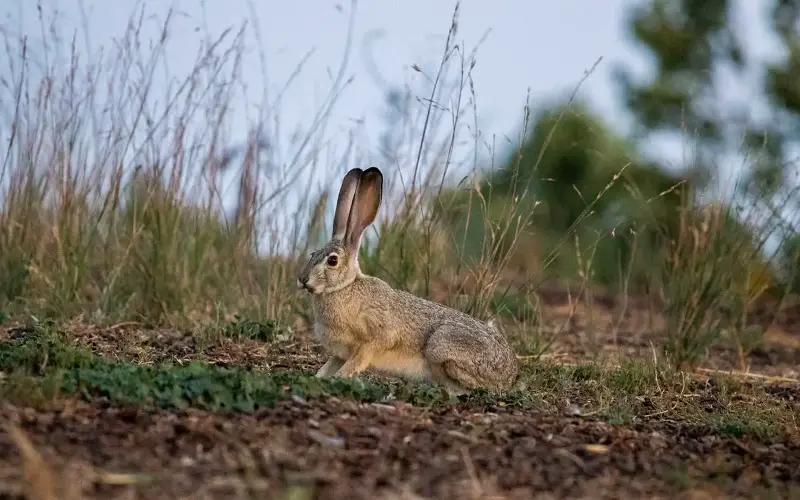
Small game hunting involves hunting smaller animals like rabbits, squirrels, and birds using firearms or bows and arrows.
It can offer a more accessible and cost-effective alternative to larger game hunting. Regulations and restrictions on small game hunting differ by location, so proper research is crucial before starting.
#4 Big Game Hunting
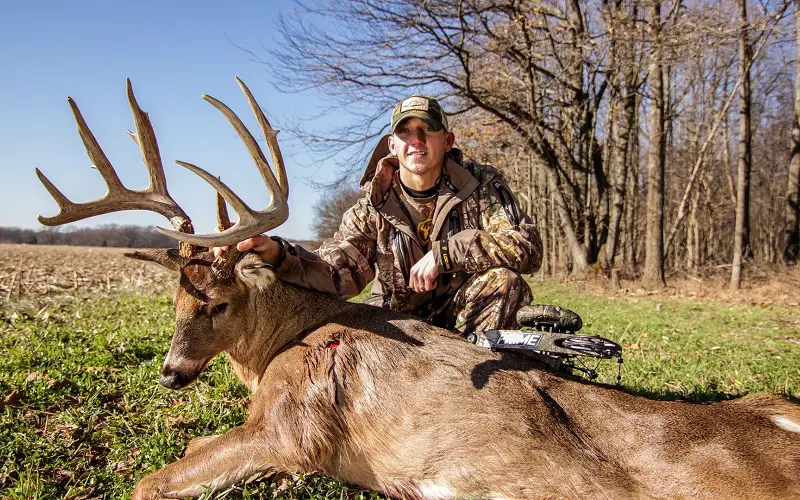
Big game hunting involves pursuing large animals like deer, elk, moose, or bear using specialized equipment and may require traveling to remote areas.
State or national wildlife agencies regulate it to ensure sustainable population levels. For many hunters, big game hunting is a challenging and fulfilling experience.
#5 Recreational Hunting
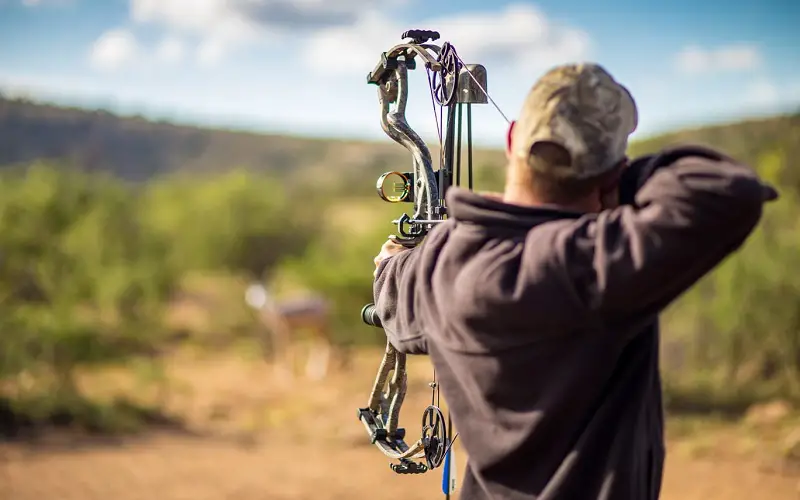
Recreational hunting is a leisure activity that involves pursuing and killing wild animals using firearms or archery equipment.
However, it is a topic of controversy due to concerns about animal welfare and conservation. Some countries have strict regulations in place to ensure ethical and sustainable hunting practices.
#6 Dog Handlers

Dog Handlers are professionals who work alongside hunting dogs, providing training, care, and guidance during the hunt.
They specialize in different types of hunting and breeds of dogs. A trained dog can significantly improve a hunt’s success rate while making it more efficient.
#7 Bait Hunting

Bait hunting is the practice of using food to attract animals to a particular area for hunting purposes.
It is allowed in some regions, but regulations may vary. However, it can cause issues like an overpopulation of certain species and is often criticized. Common targets include bears, deer, and wild boar.
#8 Wild Boar Hunting
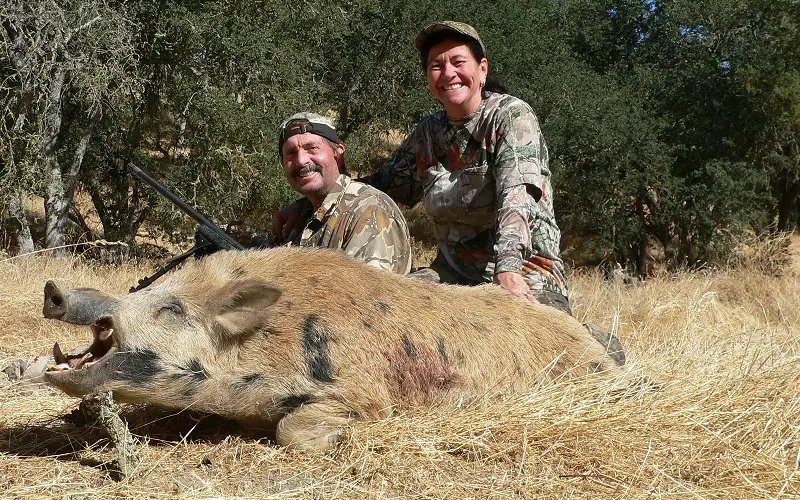
Wild boar hunting is a form of big game hunting where hunters pursue and capture wild boars in forested or swampy areas.
Methods include stalking, baiting, and using dogs. Due to the animal’s size and potentially aggressive nature, proper equipment and safety precautions are necessary.
#9 Bird Hunting
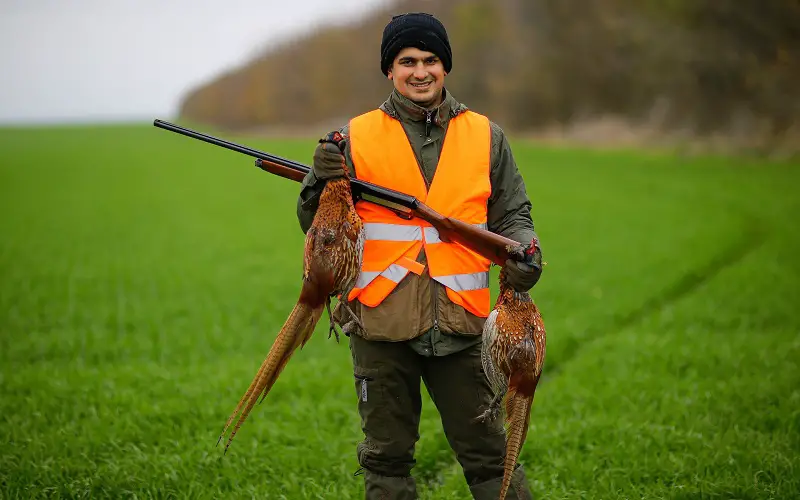
Bird hunting is the practice of shooting birds either for sport or food, with different bird species hunted depending on regulations and location.
Commonly hunted birds include pheasants, quails, ducks, and geese. Licenses and permits are typically required to participate in this activity.
#10 Safari Hunting
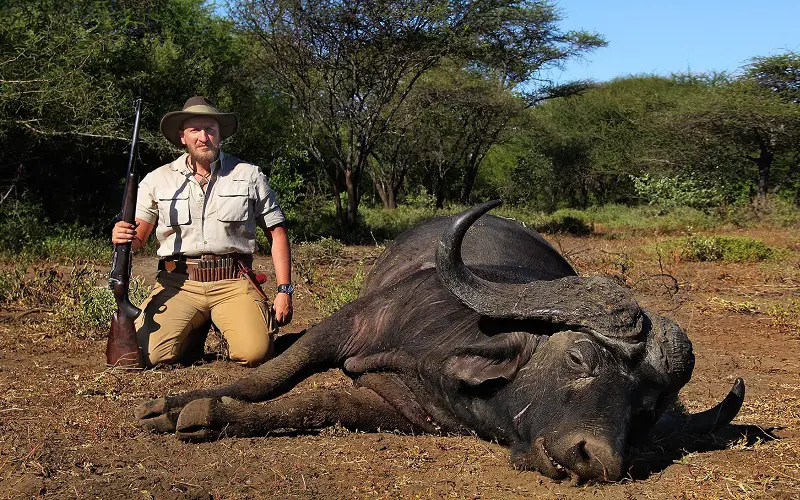
Safari hunting refers to the practice of hunting large game animals in their natural habitats.
The term originates from the Swahili word for “journey” and is commonly associated with African nations like Tanzania and Zimbabwe.
However, there are ethical concerns about the impact on conservation efforts and animal welfare that need to be considered.
Different Hunting Weapons
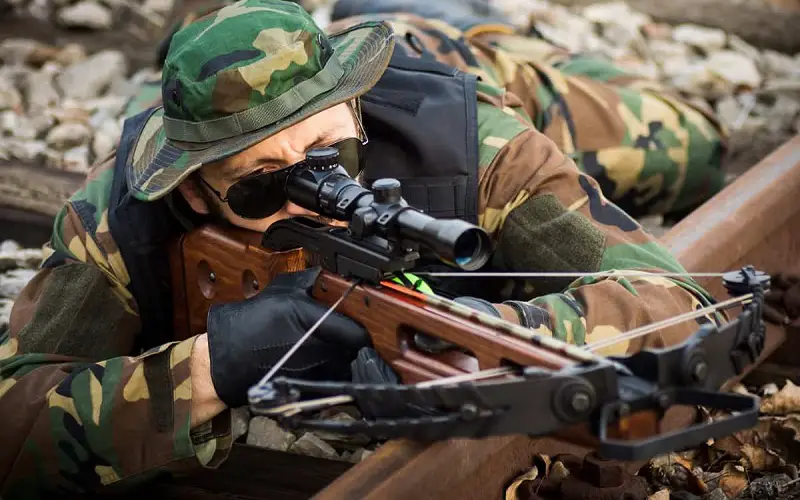
Hunting has evolved over the years with different weapons being used for different game animals.
Big game hunting enthusiasts prefer rifles due to their long-range accuracy and power, while shotguns are popular for birds and small game.
Traditional methods such as bow and arrow require skill and patience, while the crossbow is a simpler alternative.
In areas where rifles are not allowed, handguns come in handy as they can be used for close-range hunting or self-defense.
Here is the list of the most commonly used weapons:
- Rifle: A versatile and popular hunting weapon, rifles are known for their accuracy and long-range capabilities. They are commonly used for big game hunting.
- Shotgun: Shotguns are favored for their ability to shoot a spread of pellets, making them effective for hunting birds and small game at close to moderate distances.
- Bow and Arrow: Traditional archery offers a unique hunting experience. Bowhunters use a bow and arrow to silently and skillfully pursue various game animals.
- Crossbow: A crossbow combines elements of a bow and rifle. It provides accuracy and power, making it suitable for hunters who may have difficulty drawing a traditional bow.
- Handgun: Handguns are compact firearms designed for ease of use and portability. They are commonly used for small game hunting or as a backup weapon.
- Muzzleloader: Muzzleloaders are firearms that are loaded from the muzzle end (barrel). They require manual loading with powder, projectiles, and ignition, offering a traditional hunting experience.
- Air Rifle: Using compressed air, air rifles propel projectiles. They are often used for small game hunting and target shooting due to their quiet operation and limited power.
- Spear: Historically used for hunting, spears involve thrusting a long shaft-tipped weapon at close range. They require skill and precision to effectively take down game.
- Knife: Knives can be used for hunting in certain situations, particularly for smaller game or as a backup weapon. They are typically employed for field dressing and skinning.
- Trap: While not a weapon per se, traps are essential tools for hunting. They are designed to capture and restrain animals, allowing hunters to harvest them efficiently and humanely.
Hunting Ethics
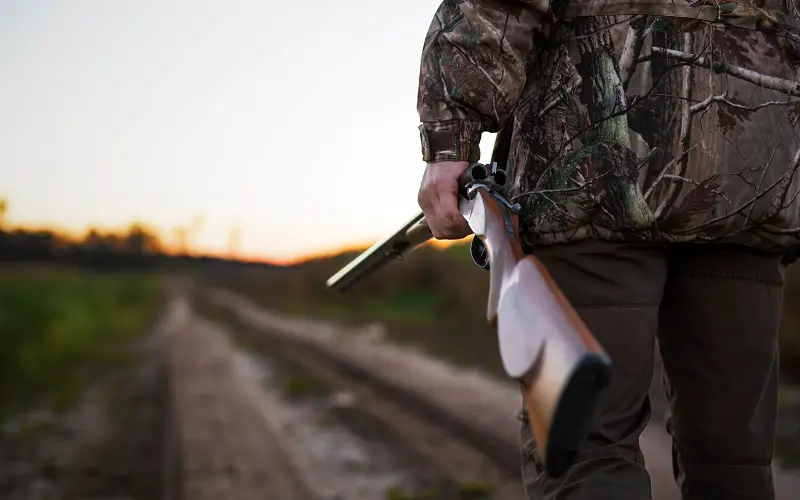
Hunting ethics refers to the moral principles and guidelines that hunters follow to ensure responsible and sustainable hunting practices.
It involves respecting the natural environment, wildlife, and other hunters. Hunting ethically includes:
- Fair Chase
- Legal Compliance
- Respect for Wildlife
- Conservation
- Safety
- Respect for Landowners and Others
- Honesty and Integrity
- Education and Skill Development
By following hunting ethics, hunters contribute to the long-term sustainability of wildlife populations, maintain ecological balance, and ensure the continuation of hunting traditions for future generations.
Conclusion
Hunting is a time-honored tradition that has evolved over the years with different techniques and weapons.
From active hunting to bait hunting, there are various types of hunting that cater to different preferences and skill levels.
Regardless of what type of hunting you choose, it’s essential to prioritize safety at all times.
References:


